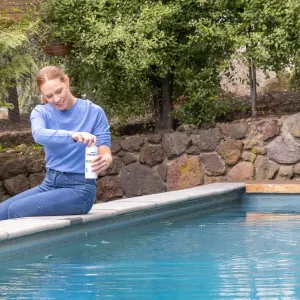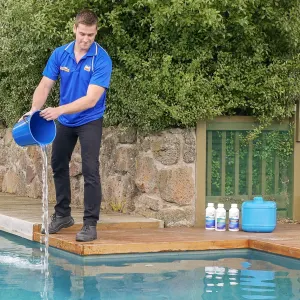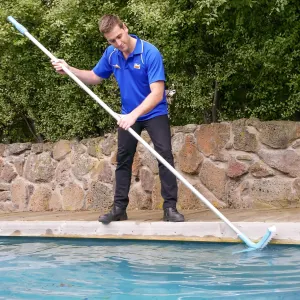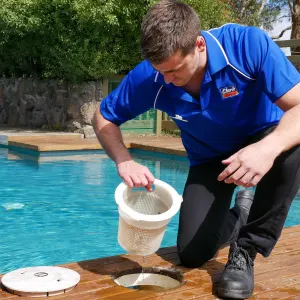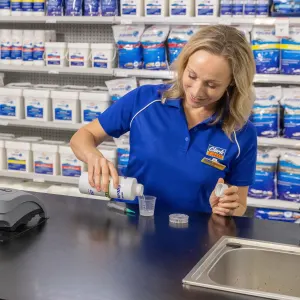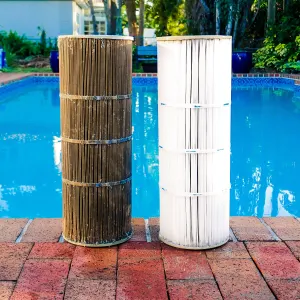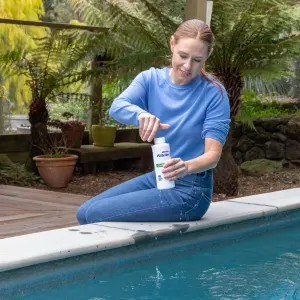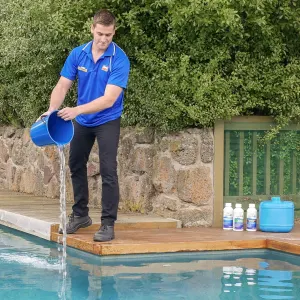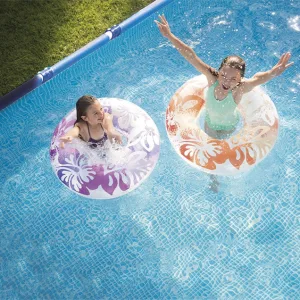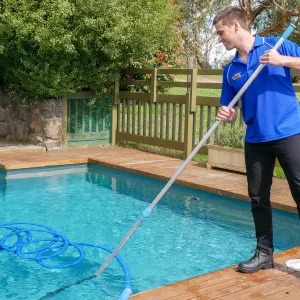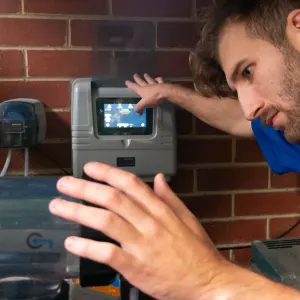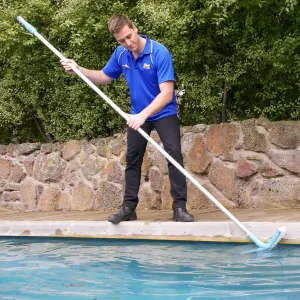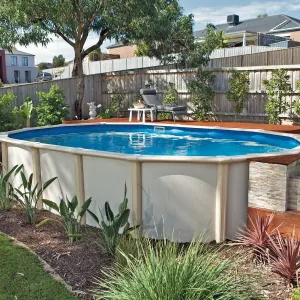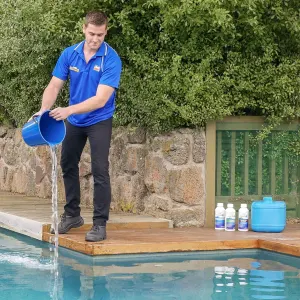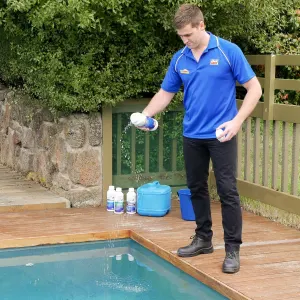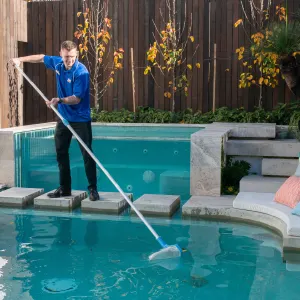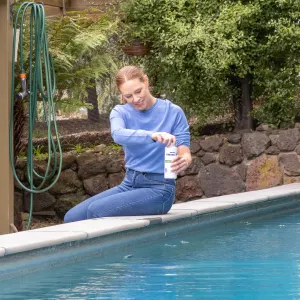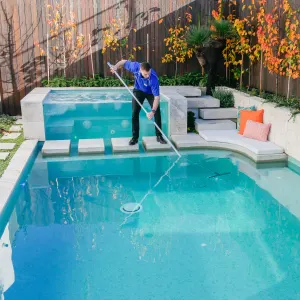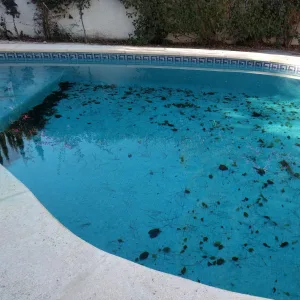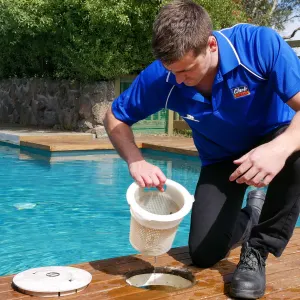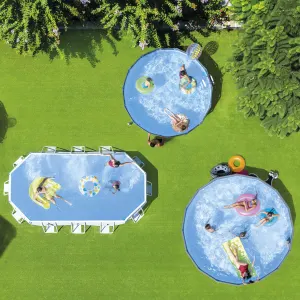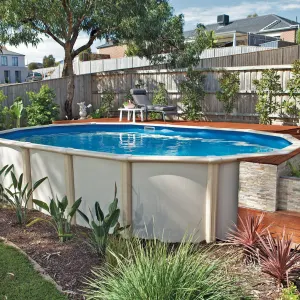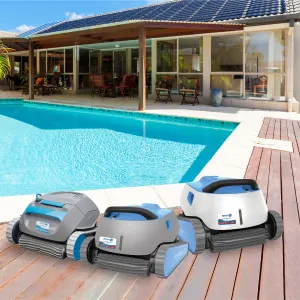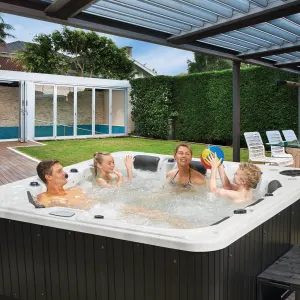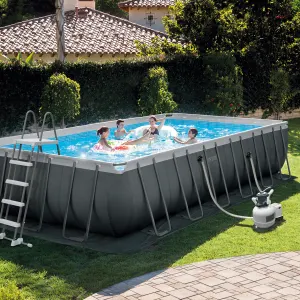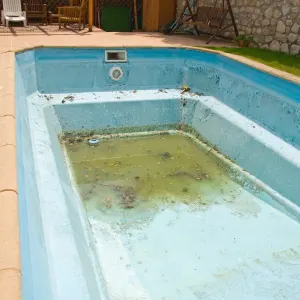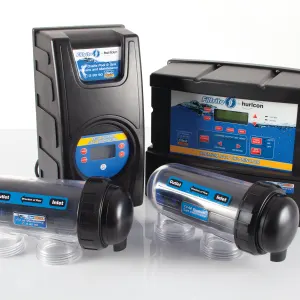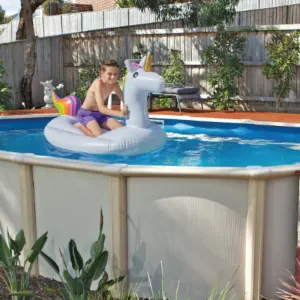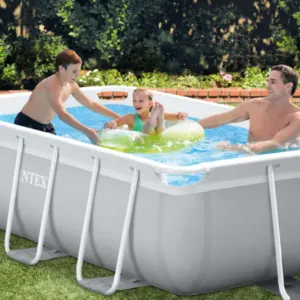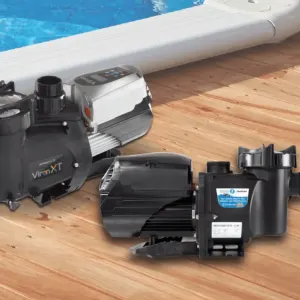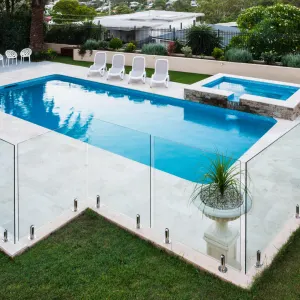How to adjust pool water balance
By Clark Rubber | 17th October, 2019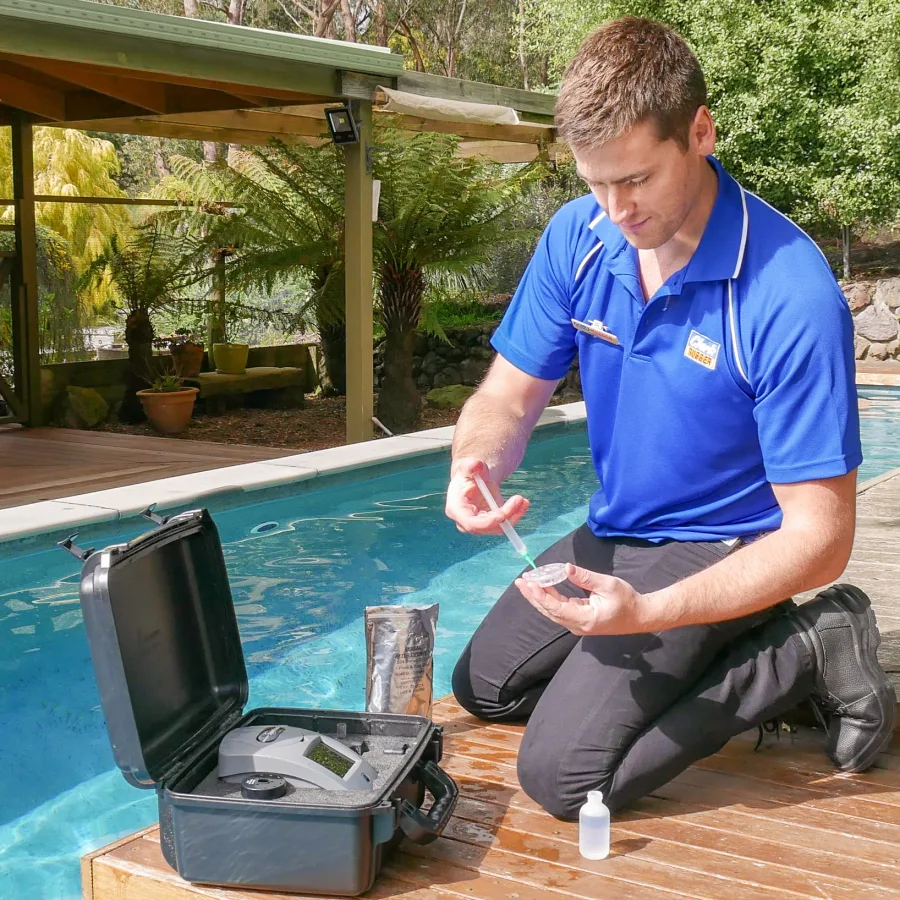
When you're maintaining a pool, it's important to understand the chemical composition that makes for ideal swimming conditions. That's because to ensure a safe and clean pool, your water needs to be at the right pH.
Without the right pH levels, your pool can cause eye irritation. Here are some tips to help you understand and achieve the right pH and water balance.
What is the right pH?
The pH rating of water is how acidic or alkaline it is.
The pH rating of water is how acidic or alkaline it is. Too far in either direction, and your pool becomes uncomfortable and causes irritation.
The ideal pH is the same as our blood - 7.5. Anywhere between pH 7.2 and 7.6 will be ideal for most pools. The pH can also dictate how effective the chlorine in your pool is at getting rid of algae and bacteria.
What happens when pH is too high?
When the pH goes above 7.6, the water of your pool starts to become alkali. It means the water can't hold as many chemicals in it, so they start getting ejected from the water as Total Dissolved Solids (TDS). This is called precipitation reaction and causes the water to go cloudy.
How does the chemistry of your pool really work?
Other drawbacks of alkaline water are that the walls of the pool can become quite scaly and gross to touch, and you'll have to spend more time cleaning precipitation out of your filter.
What happens when pH is too low?
When your pH gets too low, you get corrosion instead of precipitation. This is because the water becomes acidic, rusting and eroding important structural elements of your pool. If you have a vinyl-lined pool, it can also wrinkle up and sustain damage. Clearly, the right pH is crucial.
How to find the right water balance
Water balance refers to the overall condition of your pool - while pH is a fundamental part of this, it isn't the only factor you have to monitor.
Total Alkalinity (TA) is the amount of alkali material you have in your pool overall. This must be kept between 80 and 120 parts per million (PPM) depending on the pool surface. TA acts as a buffer for pH changes, to prevent it from changing drastically. Without a high enough TA, it can be difficult to achieve water balance as pH will change drastically.
So how do you balance all of these to find perfect equilibrium and the ideal swimming spot?
Calcium Hardness is the amount of calcium dissolved in your pool. Every pool needs calcium, otherwise, the water will start seeking it out, eating into your walls.
To manage these variables and achieve correct water balance, use Filtrite products. These can bring the pH up or down, increase the TA, and adjust the Calcium Hardness of your water.
If you are unsure about your water balance, give the experts at Clark Rubber a call or drop into your local store for a free pool water analysis, using Filtrite Flow, a state-of-the-art water testing technology that will provide you with everything you need to know about the health of your pool water in only 60 seconds.
Exclusively available in-store at your local participating Clark Rubber.
